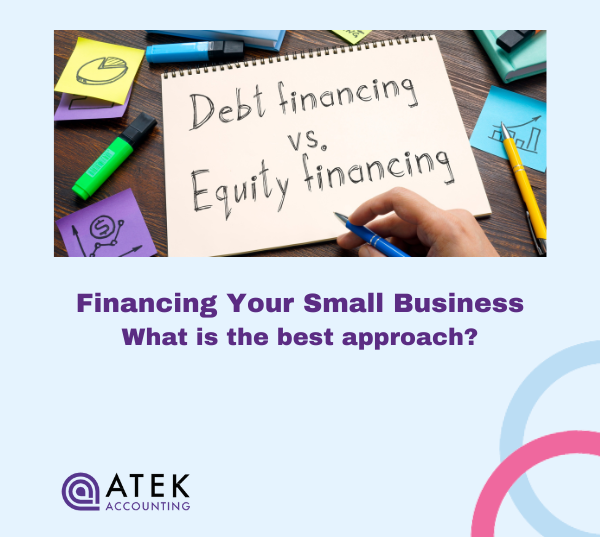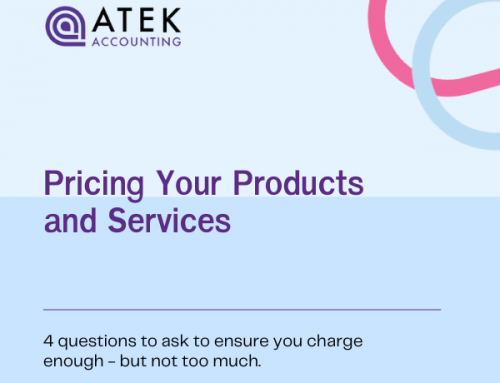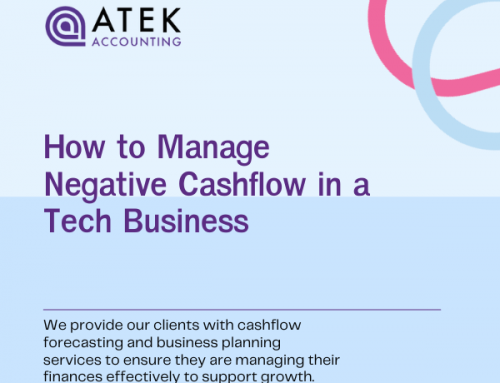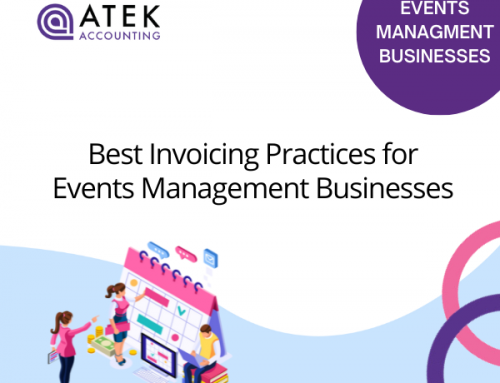
Starting a small business is an exciting venture, but it can also be daunting, especially when it comes to financing. There are a number of different options available to small business owners, but it can be difficult to know which one is right for you. In this blog post, we will discuss the most common types of small business financing and help you decide which one is best suited to your needs.
Here’s What You Need to Know About Financing Options for a Small Business
What is Business Finance?
Business finance is the process of planning, managing, and controlling the financial activities of a business. It includes the raising of capital, the acquisition of funds, and the management of financial resources.
There are two main types of business finance:
- Equity finance
- Debt finance
Equity finance is when you raise money by selling shares in your company to investors. This is often done through a process called equity crowdfunding, which allows you to sell shares in your company to a large number of small investors.
Debt finance is when you borrow money from a lender, such as a bank or an investor, and agree to repay the loan with interest.
Many businesses opt for a mixture of the two options. There’s no right or wrong way; it all depends on the particular needs of your business. It’s also worth noting that within these two categories, there are many other types of financing.
Calculating How Much Finance You Need
It’s important to have a good understanding of your financial needs before you start looking for financing. This will help you determine how much money you need to raise and what type of financing is best for you.
There are a few key things to consider when calculating your financial needs:
- The amount of money you need to start your business
- The amount of money you need to sustain your business
- The amount of money you need to grow your business
It’s also worth considering any hidden or unexpected costs that may arise and working out a healthy “wiggle room” margin, because, as any small business owner knows, things don’t always go according to plan!
Once you have a good understanding of your financial needs, you can start exploring the different financing options available to you.
The Main Types of Small Business Financing
As we mentioned earlier, there are two main types of small business financing: equity financing and debt financing. Let’s take a closer look at each one.
Equity Financing
Equity financing is when you raise money by selling shares in your company to investors. This can be done through equity crowdfunding, which allows you to sell shares in your company to a large number of small investors.
Another option is to find a venture capitalist, which is an investor who provides capital to companies in exchange for equity.
The benefits of equity financing are that you don’t have to repay the money you raise; and it can give you the funds you need to grow your business quickly. However, the downside is that you will be giving up a portion of ownership in your company.
Debt Financing
Debt financing is when you borrow money from a lender, such as a bank or an investor, and agree to repay the loan with interest.
One option for debt financing is to take out a business loan from a bank or take out a line of credit. A line of credit is similar to a loan but has more flexible terms. You can borrow money up to a certain limit and only pay interest on the money you actually use.
The benefits of debt financing are that you don’t have to give up any ownership in your company, and you can get the funds you need without having to go through a lengthy equity-raising process. However, the downside is that you will have to repay the loan with interest, which can prove costly and eat into your profits.
Other Types of Small Business Financing
Of course, you don’t have to go down the conventional route. Other types of small business financing available include:
- Peer-to-peer lending: borrowing money from a group of individuals rather than a bank or financial institution.
- Invoice financing: selling your outstanding invoices to an investor in exchange for a percentage of the total value.
- Asset-based lending: using your business assets, such as equipment or inventory, as collateral to secure a loan.
- Friends and family: raising money from your friends and family members.
The benefits of these types of financing are that they can be easier to qualify for and that they usually have lower interest rates than traditional loans. However, the downside is that they can be more difficult to find, and they may require you to put up collateral. With friend and family loans, you are also putting personal relationships at risk.
Atek Can Help Your Small Business With Financing
Financing your small business is a big decision, and we can help ensure you have the right information to make the best choice for your business. We can also help you prepare the best possible pitch to attract investors, negotiate better terms, and maximise your chances of success with creditors. If you’re interested in learning how we can help you best finance your business, contact us, and we can explain how we can help.












